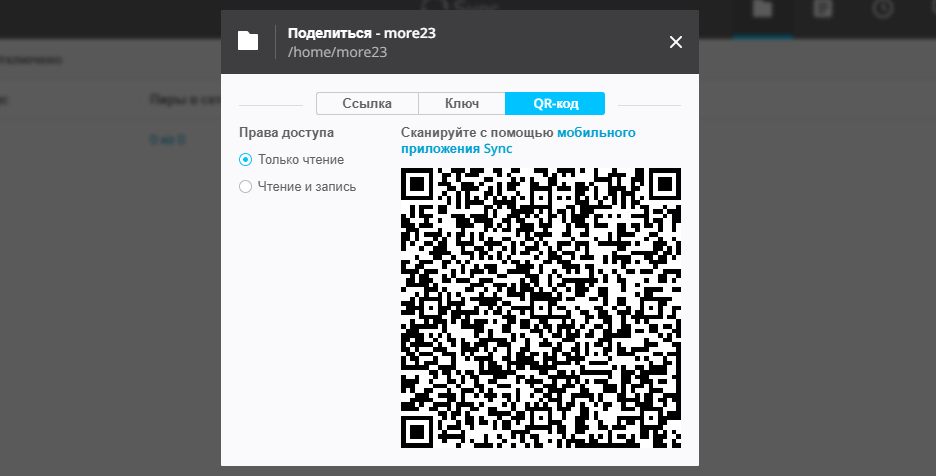


- #RESILIO SYNC UBUNTU RASPBERRY PI 3 ANDROID#
- #RESILIO SYNC UBUNTU RASPBERRY PI 3 PASSWORD#
- #RESILIO SYNC UBUNTU RASPBERRY PI 3 MAC#
Of course, you can choose a different OS if you’re doing something more custom (headless Ubuntu, for example)
A steady internet connection with a wireless router (or a lot of ethernet cables). #RESILIO SYNC UBUNTU RASPBERRY PI 3 MAC#
However, if you have a solely Mac or Linux ecosystem, you will need to do additional research.
#RESILIO SYNC UBUNTU RASPBERRY PI 3 ANDROID#
This article assumes you are interacting with Windows computers that are set up in a network (workgroup) my wife’s Mac laptop is able to interact with that workgroup, as is my Android phone. I used a Vantec IDE/SATA to USB 3.0 Adapter and it worked a treat. Keep in mind that Raspberry Pis don’t have a lot of extra electricity to power external drives, so you may need an external power source. Because I was using parts that I had around for this project, I used a 3TB Western Digital “red” NAS drive, which works just fine. I highly recommend an SSD drive, rather than an HDD drive, because of speed and reliability, both of which are very important in this application (although you could use a simple USB stick, nowadays there’s some with really big capacity). A computer with an SD card slot and a MicroSD to SD adapter OR a computer with a MicroSD slot. To be able to interact with the Raspberry Pi: A screen with HDMI input, a mini-HDMI to HDMI cable, USB keyboard and mouse OR the ability to SSH into the Raspberry Pi. In my project I ended up with a 32GB Samsung MicroSDXC EVO. I recommend using 8GB at least, just to be safe. A MicroSD card with at least 4GB there are methods for booting a Raspberry Pi off of a 2GB card that are beyond the scope of this article. Don’t skimp on this RPis don’t use a lot of power, but they need it steady, and you shouldn’t try to just run it on any old Android phone power supply. The appropriate power supply, either for an RPi Zero-3 or an RPi 4. A Raspberry Pi of your choosing (I would recommend at least a 3 or a 4 for this project, although if you’re not serving/syncing much, you might be able to get away with less) for this project, I used a Raspberry Pi 3 B+. If you’re looking for a way to back up the contents of the server itself, then this might not be enough space though. For the regular computers around the house, that’s just fine. I subscribe to Office 365, which gets my whole family not only the Office suite, but 1TB of only storage EACH. I know, that costs money, but if you are paying for some already, then it’s a no-brainer. All you need is some paid storage like a Google Drive, OneDrive, or some Amazon S3 storage. This makes the whole process less automatic though, and backups should be automatic.įinally, there’s always the choice of not backing up to the Pi at all. If opening a hole in your router makes you nervous, you could always just connect to OpenVPN first before running backups that live on other networks. And it’s easy enough to lock down that, with some care, you shouldn’t have to worry about getting hacked. It’s already available with the flick of a switch in raspi-config. This may be more secure than the SSH/SFTP route, but I think I’m going to stick with SSH/SFTP myself. There are other avenues that I haven’t looked into yet, such as setting up a Minio server, which implements the same API as Amazon’s S3. I’ll be looking into this in more depth in the coming weeks, and hopefully I can create a write-up on setting up a secure, off-site backup to a private Pi that lives at a buddy’s house. #RESILIO SYNC UBUNTU RASPBERRY PI 3 PASSWORD#
It should go without saying that you’ll want to set up a nice strong password before you go opening an SSH tunnel into your house. If you can map port 22 on the Pi to an external port on your router, then you can even back up to it from outside your home network. Duplicati can back up over SFTP, which means that as long as you have enabled SSH on the pi, then Duplicati can back up to the Pi WITHOUT having to create a file share. There’s no server-side component with Duplicati like there was with CrashPlan, so there’s nothing to set up for a local network backup. I looked into Duplicati a little more and it’s incredibly simple to get this working, actually.






 0 kommentar(er)
0 kommentar(er)
